
Tactics & Weapons Predator Behaviors & Structures

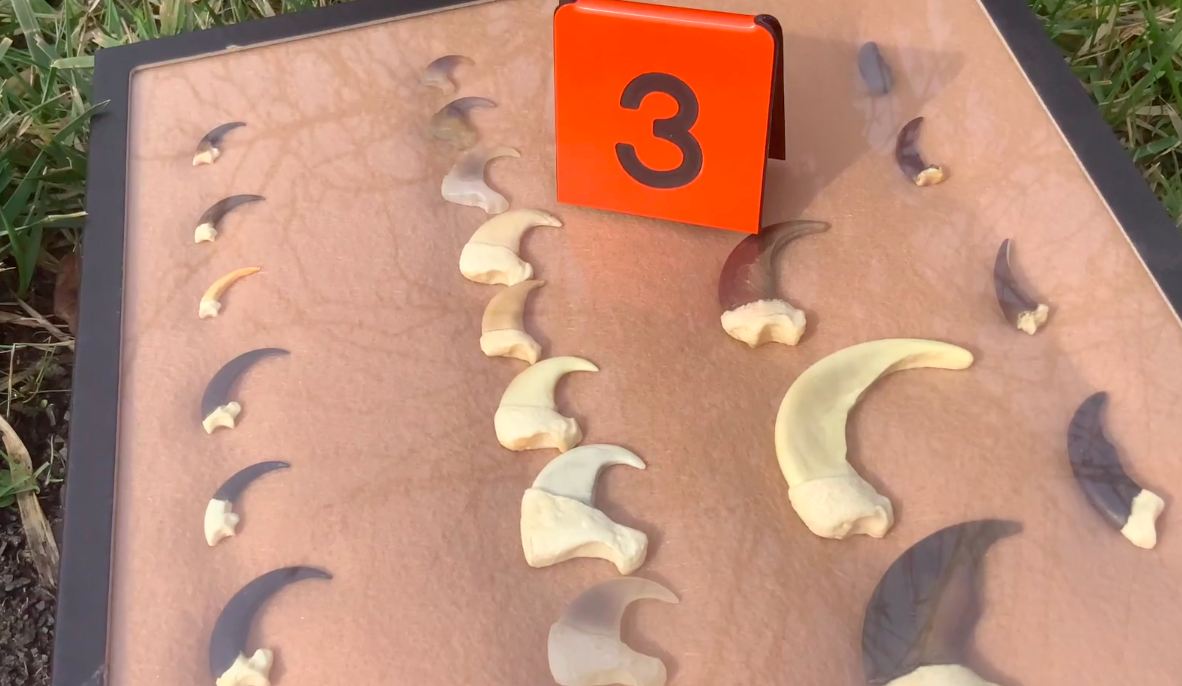
Tactics & Weapons Objectives
-
Describe tactics predators use to capture prey and provide examples of animal species that utilize these tactics.
-
Identify the physical structures animals use to capture and immobilize prey and provide examples of animals that utilize these structures.
-
Describe the genetics, evolution, predatory and prey response behaviors of wild and domesticated cats.
Catching prey is not an easy task, predators expend energy, can be injured, and still not catch enough food to survive. Certain genetically programmed and learned strategies make catching prey more likely to occur.
Humans have a huge advantage in capturing prey. It’s not just modern weaponry, it is having built-in advantages like a brain that can develop tactics, hands that can fashion and use weapons, and the ability to move quickly through a variety of environments.
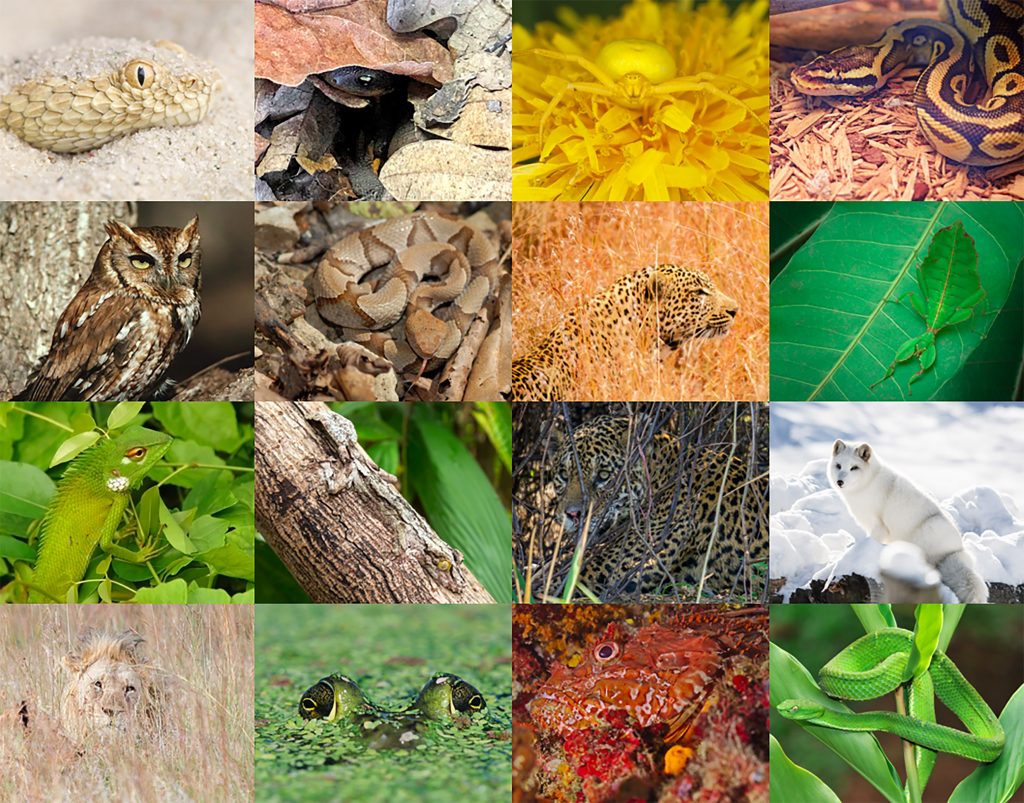
This video provides an overview of predator strategies.
This crocodile has a variety of advantages: camouflage, stealthy movement, speed, strength, and weaponry.
You can imagine how a prey animal may not even see it coming.
Piranhas form large schools in South American rivers and can kill prey fish with their powerful jaws and sharp teeth.
Watch this classic predator move: turning its back on the camera.
Preying mantises (also called praying mantises) use a variety of techniques to capture their prey.
Our native mantises have green camouflage color and are shaped like grass blades. They are hard to see even when you are looking for them.
Ghost preying mantises look like dry leaves and sway back and forth like a leaf in the breeze as they move in on their prey. This species will grow to about four inches in size
Often confused with detritivore millipedes, centipedes are primarily predators.
This centipede appeared on our couch while we were videoing, possibly hunting the massive number of fruit flies that have escaped our enclosures. Centipedes are fast, strong, and typically camouflaged in the dirt.
Badis fish have chromatophores that change color as they move in on their prey, in this case white worms.
Weaponry
Once a predator catches up with its prey, it has to hold on and immobilize the animal.

Predators use a variety of weapons to immobilize prey. Rattlesnakes, known for their rattling tail that may warn away their potential predators, have fangs that deliver a hemotoxic venom that disrupts blood clotting and destroys tissues.
Even though there are dozens of rattlesnake species in the Americas, the majority are declining due to habitat loss and direct extermination.
Spiders also use fangs and venom to immobilize prey. This dragonfly could destroy the spider’s web, and it takes a great deal of energy and time to build a new one.

Many carnivorous vertebrates use talons (birds) and claws (reptiles and mammals) to hold on to prey.
Felids, the cats, have curved claws that easily penetrate prey skin.
Uschi is “kneading,” gentle claw extension and retraction. Kittens may use this to stimulate milk release from their mothers.
Some adult cats retain this behavior and primarily exhibit it when they are in safe conditions, similar to when they were kittens being fed by their mothers.
Cats, dogs, and bears are called “carnivorans” because they are classified in Order Carnivora. Carnivorans are not all carnivores! Black bears and raccoons are omnivores; panda bears are herbivores. Some of the carnivore carnivorans are well known like the cats (felids), others are not as well known like the sea and river otters.
Cats
Similar to dogs, cats have become a significant part of human culture.
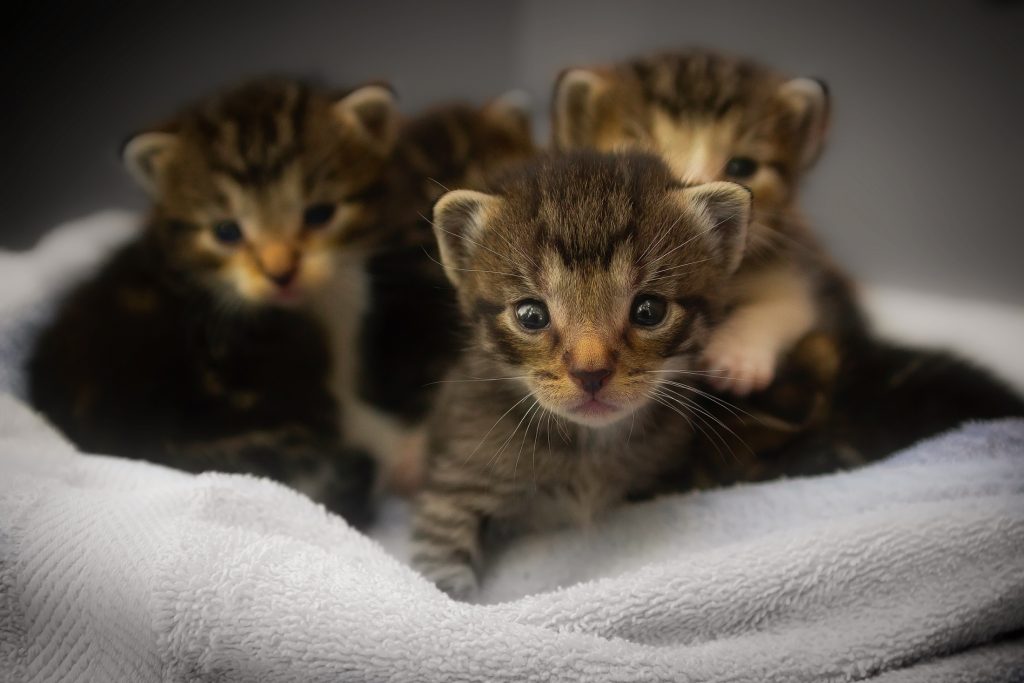
Although domesticated cats have been primarily used to control rodent populations, artificial selection is accelerating and producing a variety of cat breeds.
Since cats have not been bred as extensively as dogs, they retain many of their predatory characteristics.
Tanji and Vladi demonstrate speed and weaponry. We have additional cat videos on the resource page.
The ancestors of domesticated cats were small cat species that were preyed upon by larger cat species.
Pet cats can easily startle and hide, their ancestors were not the “top predators” in their food webs.

All cats, small and large, are classified in Family Felidae with several shared characteristics.
Slender & Muscular
Retractable Claws
Strong Jaws
Camouflage
This tiger has all of the classic cat characteristics: sleek body with camouflage colors and pattern; a powerful jaw and huge claws.
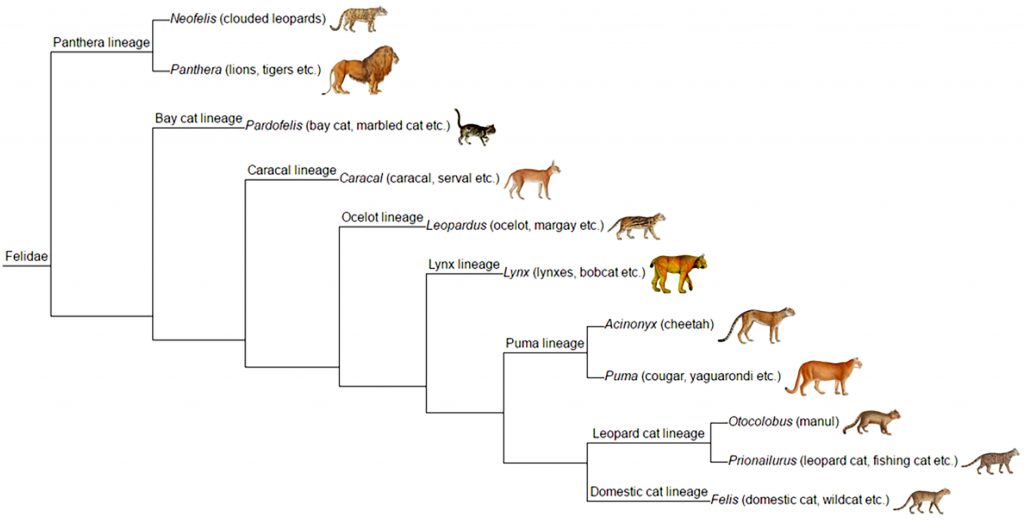
Reading this phylogenetic tree, domesticated cats are more closely related to leopard cats than lynx and are distantly related from the ________________ which includes lions and tigers.
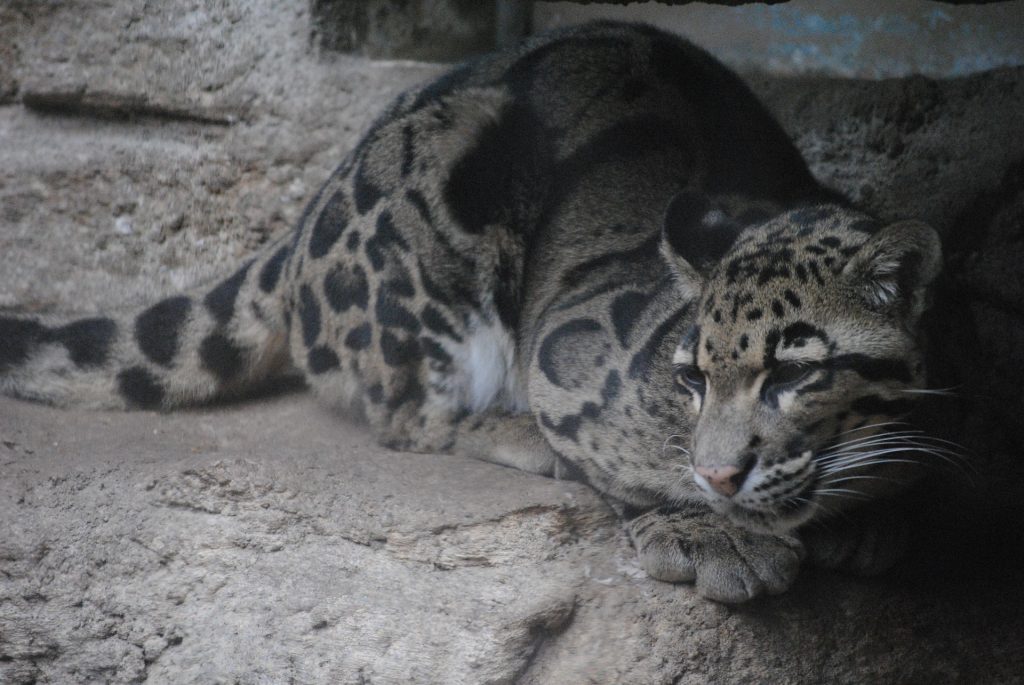
Cats have to eat meat, and often range over large territories to find sufficient food. Increased roadways and decreased habitat size have negatively impacted wild cat populations.
Wild cat species also do not need breed readily in captivity and are expensive to maintain. As a result, many species are likely to go extinct in this century.
Managing wild cat species will require input from multiple fields of study. As large predators at the top of food webs, their energy requirements and land needs put them in direct conflict with humans.
The next section explores how an animal’s body shape relates to its functions.

Check your knowledge. Can you:
-
describe tactics predators use to capture prey and provide examples of animal species that utilize these tactics?
-
identify the physical structures animals use to capture and immobilize prey and provide examples of animals that utilize these structures?
-
describe the genetics, evolution, predatory and prey response behaviors of wild and domesticated cats?



